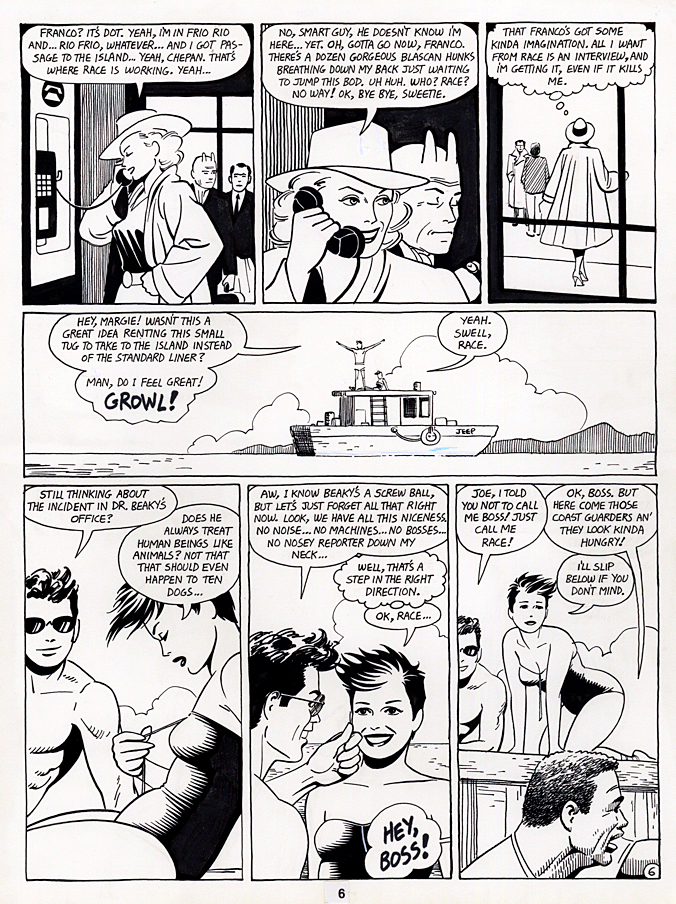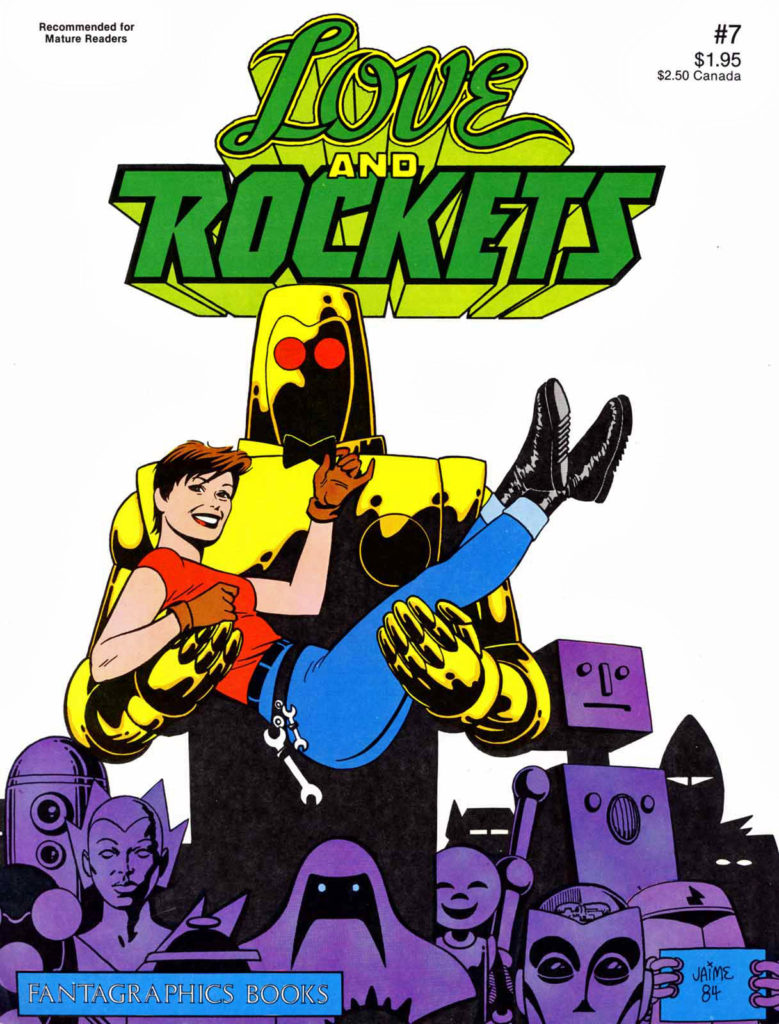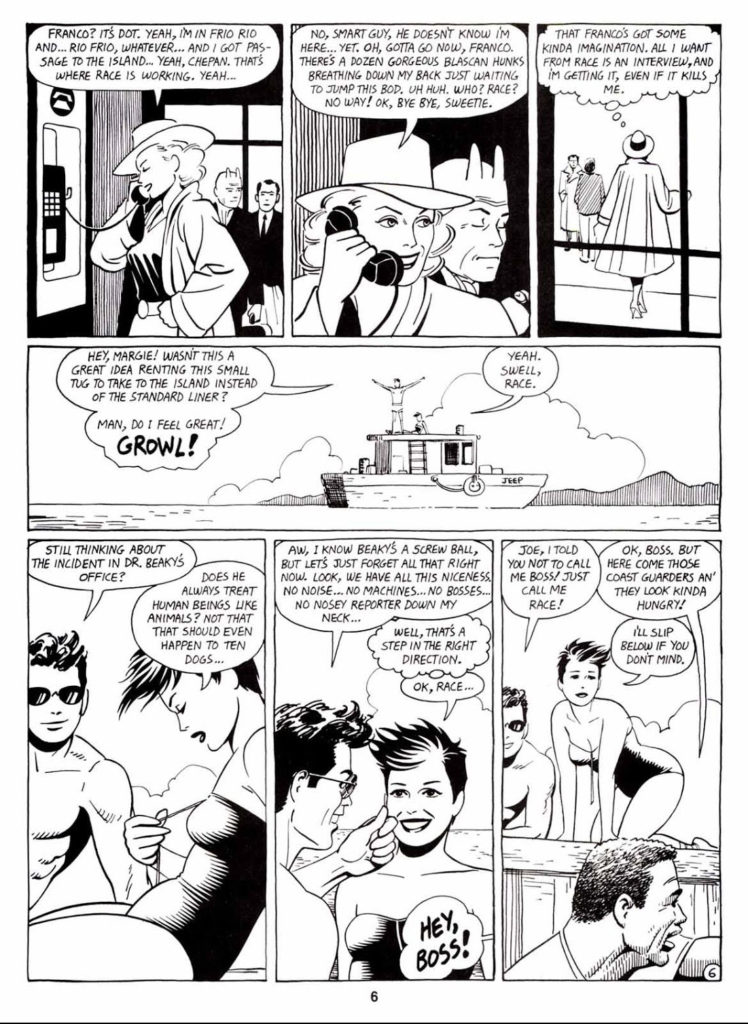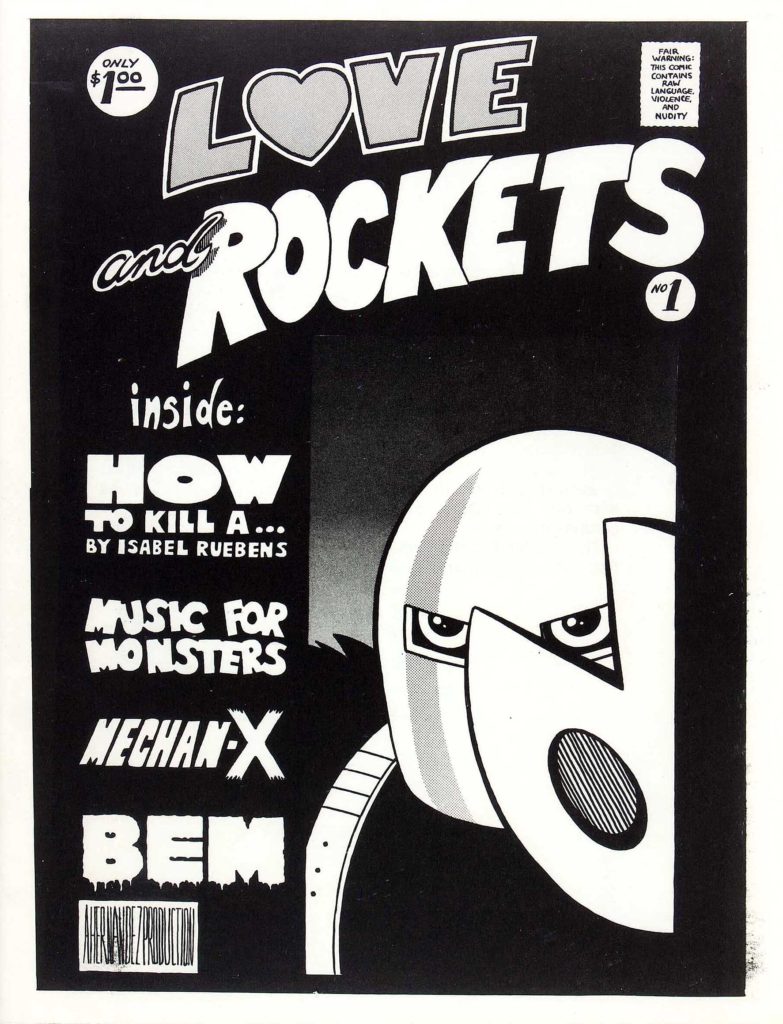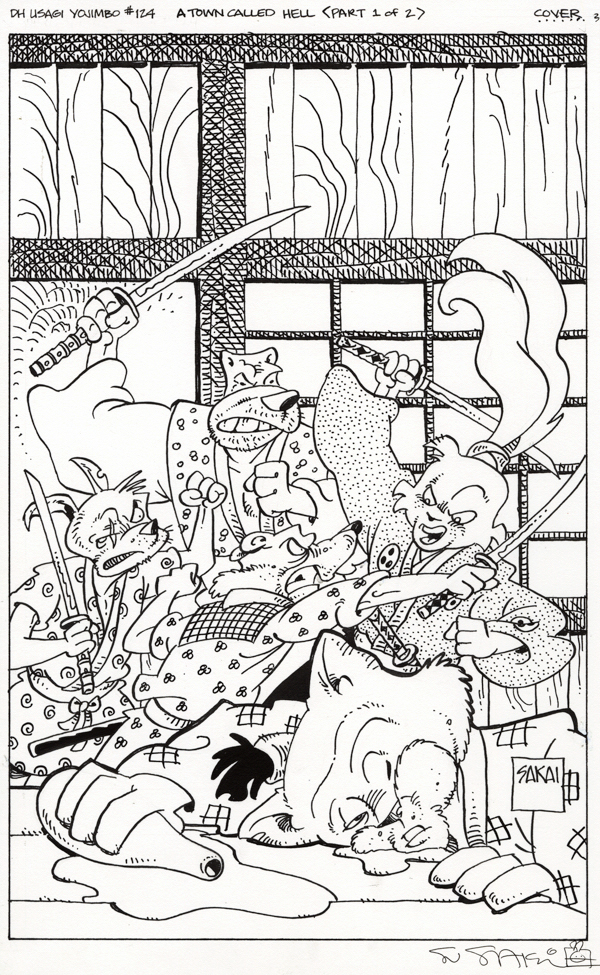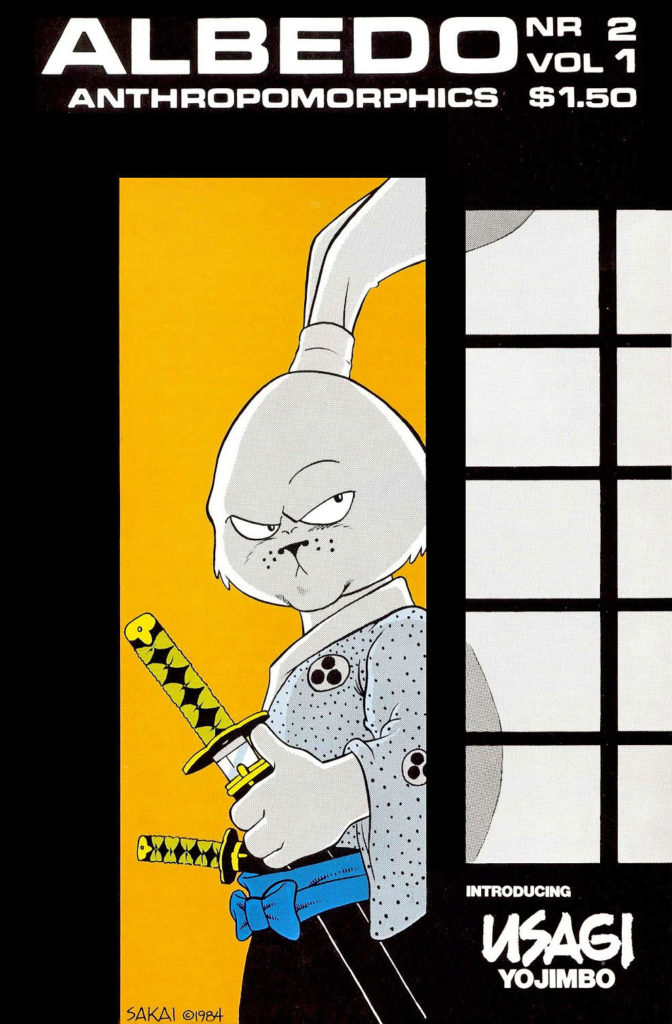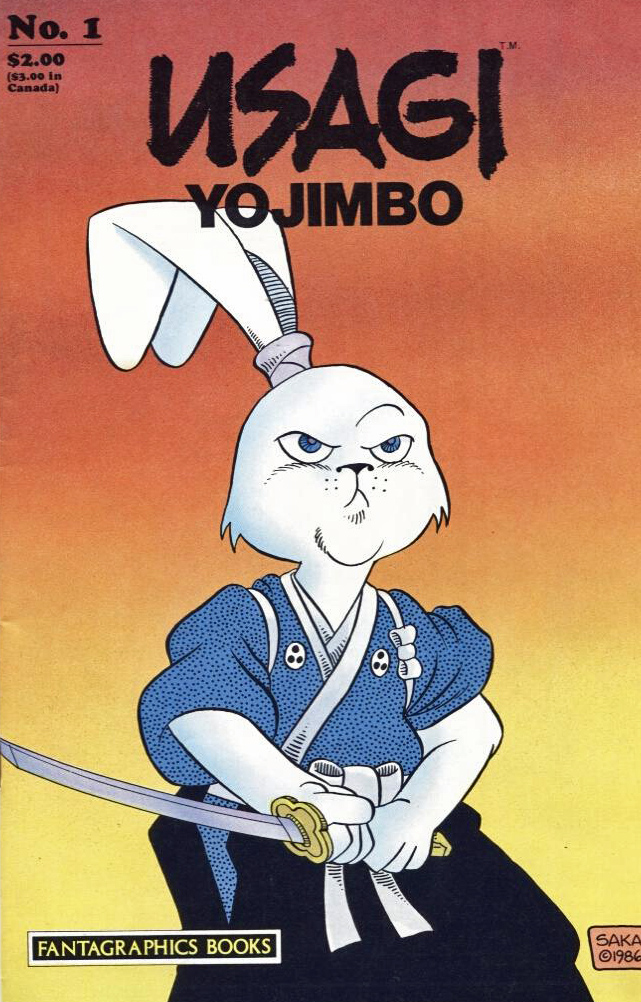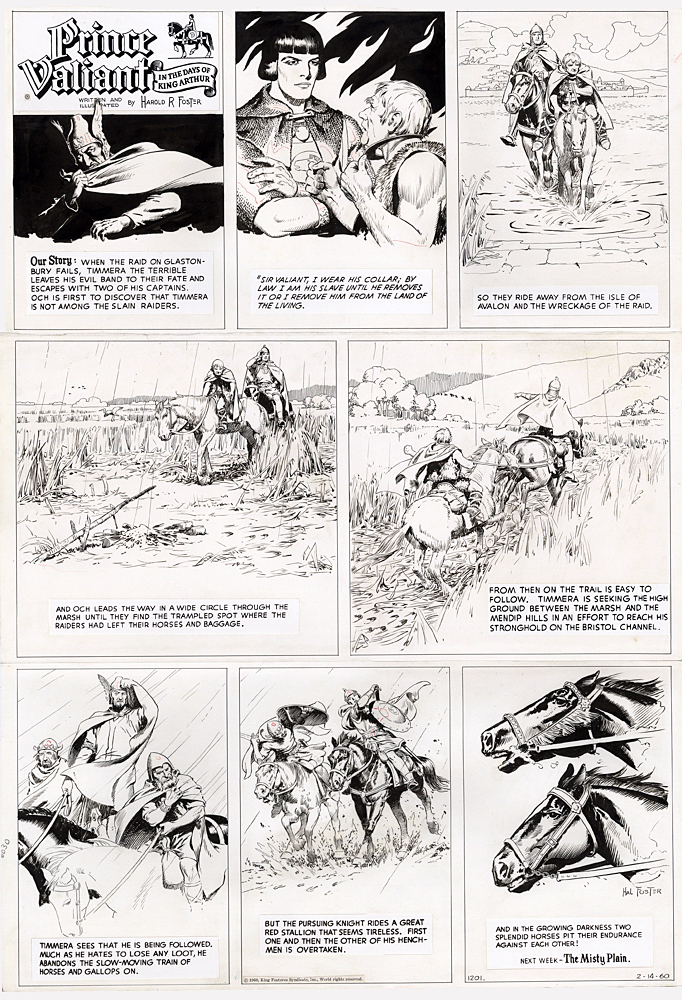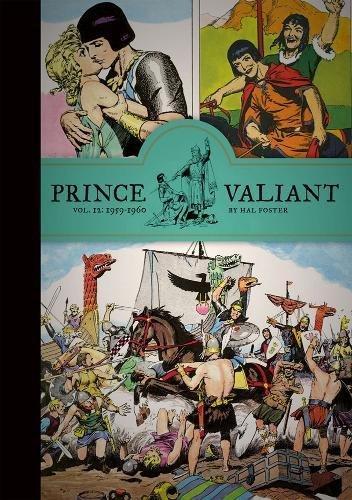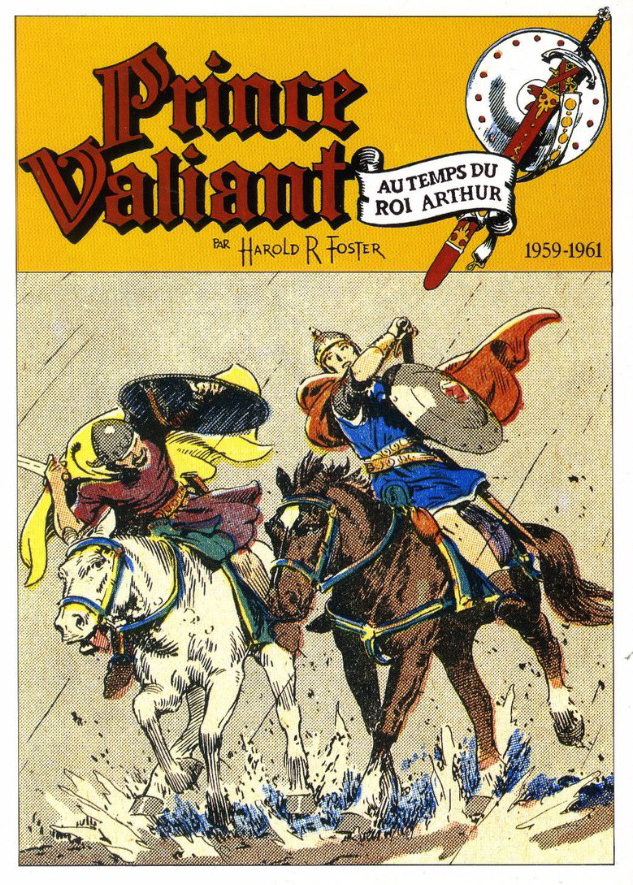Jaime Hernandez — Brotherly Love
Love and Rockets #7, July 1984
Concluding our month long celebration of the “Independents” — Independent creators and projects that continue to impact the comic book medium.
Love and Rockets is likely the most important “alternative” comic book of all time.
For nearly 40 years, The Hernandez Brothers — Gilbert, Jaime and Mario — have brought their unique vision to comics storytelling, completely independent in form and format. There has been nothing quite like it in comics before or since.
To paraphrase Frank Sinatra, they did it their way. And their way was the road to excellence.
This early L&R page by Jaime Hernandez captures the essence of the storytelling and art style that has made him a favorite for years.
In other words, a creator’s creator.
“I was an enormous fan,” says Neil Gaiman, the multi-award-winning author and graphic novelist. “I still am. I don’t really understand why the material of Love and Rockets isn’t widely regarded as one of the finest pieces of fiction of the last 35 years. Because it is.”
Don’t worry Neil. I think the world caught up to its greatness.

